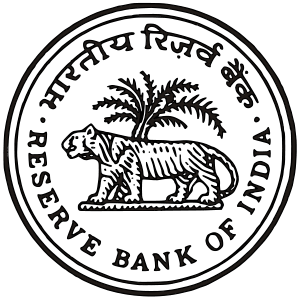In India, a decade old on-going financial reforms have transformed the operating environment of the finance sector from an administrative regime to a competitive market base system. Since mid-1991, a number of reforms have been introduced in the financial sector in India. Rangarajan once noted that domestic financial liberalization has brought about the deregulation of interest rates, dismantling of directed credit, reforming the banking system, improving the functioning of the capital market, including the government securities market. The main emphasis on the financial sector reform has been on the banking system so as to improve the performance of public sector banks.… Read the rest
Indian Economy
Role of development banks in the Indian economy
Capital Formation:
The significance of Development Finance Institutions or DFIs lies in their making available the means to utilize savings generated in the economy, thus helping in capital formation. Capital formation implies the diversion of the productive capacity of the economy to the making of capital goods which increases future productive capacity. The process of Capital Formation involves three distinct but interdependent activities, viz., saving financial intermediation and investment. However, poor country/economy may be, there will be a need for institutions which allow such savings, as are currently forthcoming, to be invested conveniently and safely and which ensure that they are channeled into the most useful purposes.… Read the rest
Role and Functions of Reserve Bank of India (RBI)
The Reserve Bank of India is the central bank of India, was established on April 1, 1935 during the British-Raj in accordance with the provisions of the Reserve Bank of India Act, 1934. The Reserve Bank of India was set up on the recommendations of the Hilton Young Commission. The commission submitted its report in the year 1926, though the bank was not set up for nine years. The Central Office of the Reserve Bank was initially established in Kolkata, Bengal, but was permanently moved to Mumbai in 1937. Though originally privately owned, the RBI has been fully owned by the Government of India since nationalization in 1949.… Read the rest
Implementation of New Economic Policy to Indian economy in 1991
Several major economic and political changes occurred during the 1970s and 1980s, which affected the developing countries and paved the way for the implementation of IMF-sponsored Structural Adjustment Policies (New Economic Policy) in India in 1991. This was due to a combination of factors such as stagnant agriculture, low levels of industrial growth and diversification, inadequate capital formation, adverse terms of trade in international markets, limits to domestic resource mobilization due to a fairly narrow tax-base, loss making public sector enterprises, over regulated and controlled economy, poor industrial productivity, huge amount of fiscal deficit, huge amount of public debt, poor rating of Indian economy by international agencies, foreign exchange crisis etc.… Read the rest
Definition of Inflation – Types of Inflation
Inflation is commonly understood as a situation of substantial and rapid general increase in the price level and consequent fall the value of money over a period of time. Inflation means persistent rise in the general level of prices. Inflation is a long term operating dynamic process. By and large, inflation is also a monetary phenomenon. It is usually characterized by an overflow of money and credit. In fact, the root cause of inflation is the expansion of money supply beyond the normal absorbing capacity of the economy. The behavior of general prices is measured through price indices.… Read the rest
Foreign Institutional Investors (FII’s) and Indian economy
Introduction to Foreign Institutional Investors (FII’s)
Since 1990-91, the Government of India embarked on liberalization and economic reforms with a view of bringing about rapid and substantial economic growth and move towards globalization of the economy. As a part of the reforms process, the Government under its New Industrial Policy revamped its foreign investment policy recognizing the growing importance of foreign direct investment as an instrument of technology transfer, augmentation of foreign exchange reserves and globalization of the Indian economy. Simultaneously, the Government, for the first time, permitted portfolio investments from abroad by foreign institutional investors in the Indian capital market.… Read the rest
